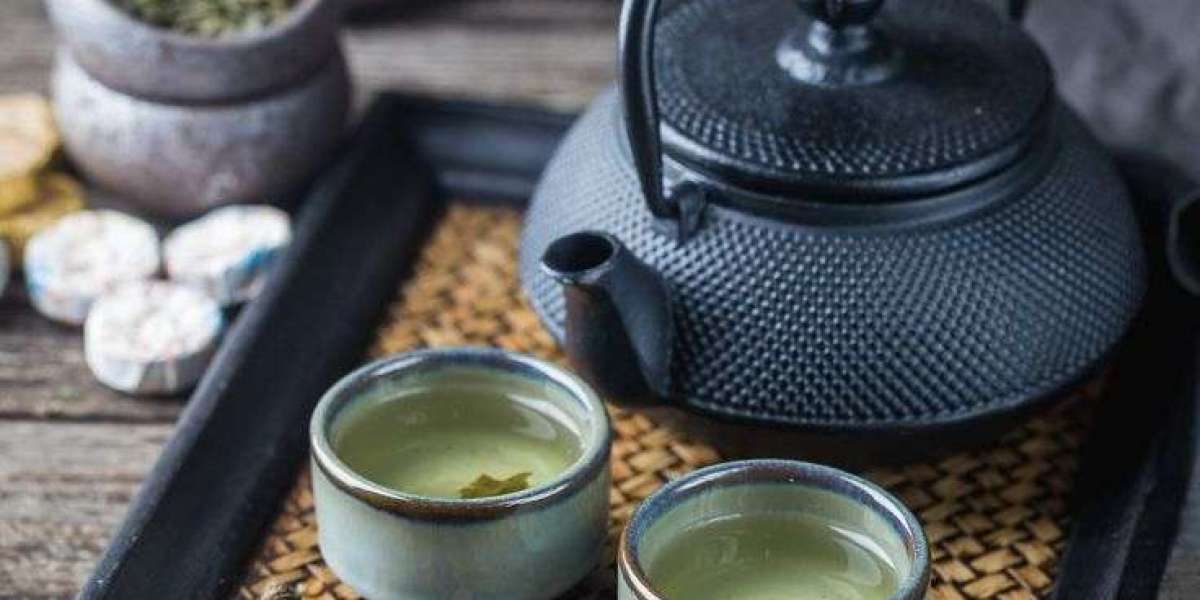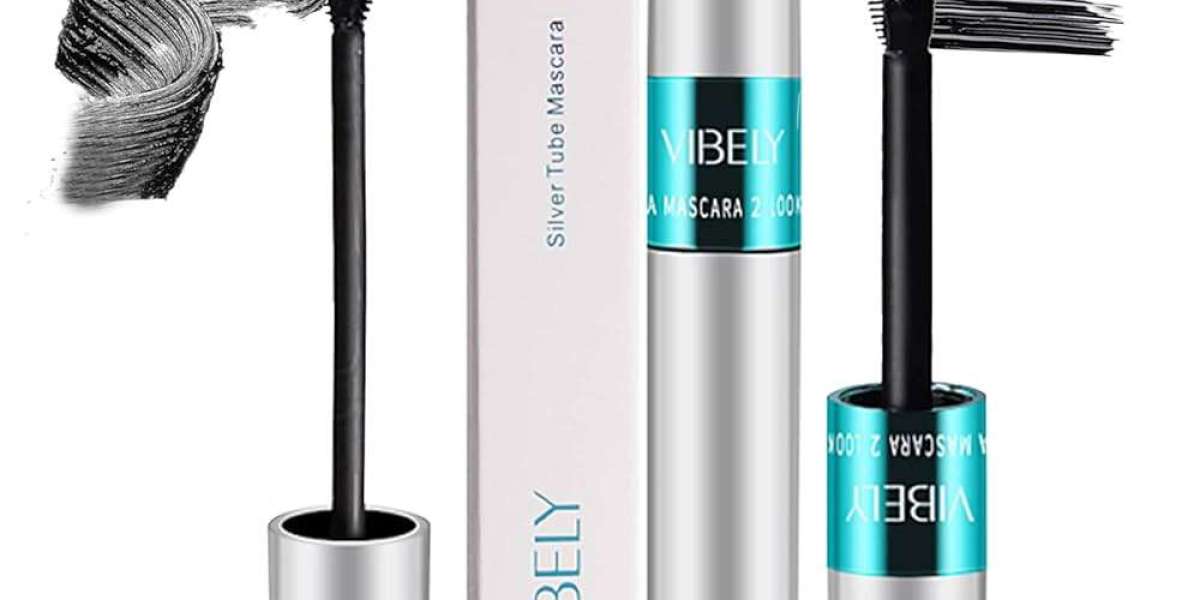When you hold a Yixing Zisha teapot in your hand, you're not just touching clay—you're touching centuries of refined craftsmanship. These teapots, prized by tea lovers around the world, are shaped using five major forming techniques. Each reflects a different level of skill, artistry, and tradition.
Let’s explore them one by one:
1. Hand-Coiled (Shou Nie 手捏)
This ancient technique involves sculpting the entire teapot by hand from raw clay, without any tools. Artisans pinch and shape the body gradually, relying on muscle memory and clay feel. These teapots are often one-of-a-kind, slightly irregular, and full of personality.
Pros: Organic charm, artistic uniqueness
Cons: Less structural symmetry; rare and expensive
2. Slab-Built (Pian Zhi 片制)
Used in most high-quality hand-crafted teapots today, slab-building involves rolling clay into thin sheets, cutting them into geometric pieces (like body, lid, spout), and assembling them with special wooden and bamboo tools. It allows precision and elegance while maintaining a handmade feel.
Pros: Clean structure, suitable for classical shapes
Cons: Time-consuming, requires high artisan skill
3. Wheel-Thrown (La Che 拉坯)
Less common for traditional Yixing clay due to its stiffness, but sometimes used for rounder, symmetrical pots. The artisan shapes the body on a pottery wheel, then adds hand-built elements (handle, spout, lid).
Pros: Smooth curves, faster than slab
Cons: May lose some "Zisha identity"; more common in other ceramic traditions
4. Mold-Pressed (Mo Ju 模具)
In this method, clay is pressed into pre-made molds, either as full sets or half-body parts joined later. Widely used in mass production.
Pros: Uniformity, low cost
Cons: Lacks character; often associated with factory-grade or fake “Yixing” wares
5. Slip-Casting (Shu Mo 注模)
Liquid clay (slip) is poured into plaster molds. After drying, the form is removed and fired. These are often bulk-made and not considered “true” Yixing artistry.
Pros: Fast, ideal for large-scale production
Cons: Fragile structure; no porosity benefit from real Zisha
Conclusion:
If you're collecting or brewing seriously, slab-built or hand-coiled teapots are the gold standard. Knowing the forming method helps you evaluate the quality and artistry behind the pot—and whether it's worth the investment.
Explore artisan-crafted teapots that respect these traditions at
? teateapot.com








